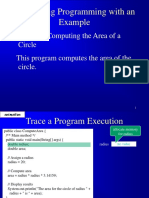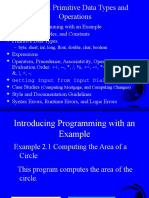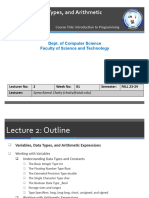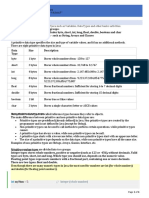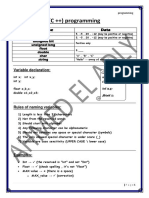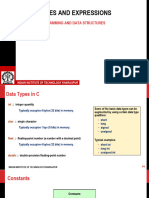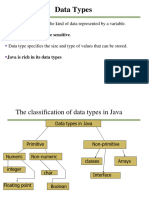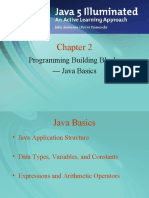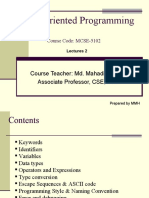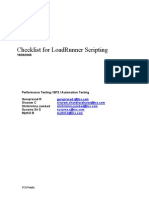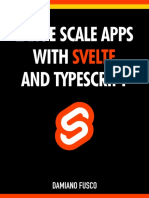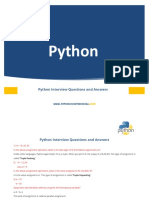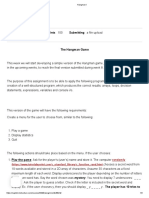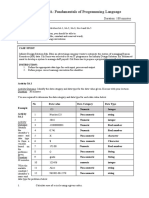0% found this document useful (0 votes)
29 views29 pagesElementary Programming
This document provides an introduction to elementary programming concepts like variables, data types, operators, input/output etc. using a sample program to calculate the area of a circle. It explains key concepts like declaring and initializing variables, numeric data types, arithmetic operators, reading input, type conversion etc. with examples. Identifiers, variables, constants, naming conventions and basic programming structures are described.
Uploaded by
ujaiCopyright
© © All Rights Reserved
We take content rights seriously. If you suspect this is your content, claim it here.
Available Formats
Download as PPTX, PDF, TXT or read online on Scribd
0% found this document useful (0 votes)
29 views29 pagesElementary Programming
This document provides an introduction to elementary programming concepts like variables, data types, operators, input/output etc. using a sample program to calculate the area of a circle. It explains key concepts like declaring and initializing variables, numeric data types, arithmetic operators, reading input, type conversion etc. with examples. Identifiers, variables, constants, naming conventions and basic programming structures are described.
Uploaded by
ujaiCopyright
© © All Rights Reserved
We take content rights seriously. If you suspect this is your content, claim it here.
Available Formats
Download as PPTX, PDF, TXT or read online on Scribd
/ 29


